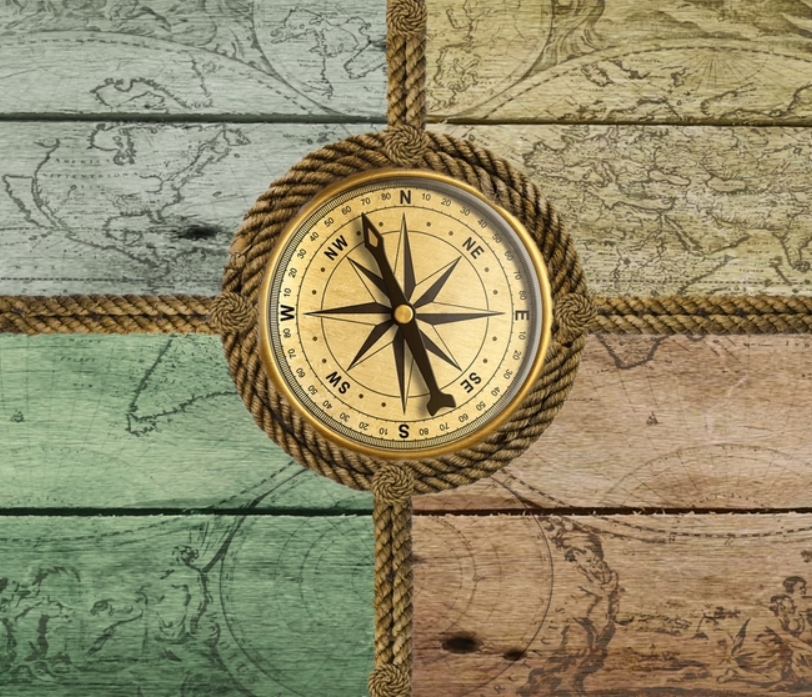- UNITS
- Unit 4 - The Hanseatic League
- The Game of Words
- Prof. Xue and Luk's Conversation
- An Active Reader
- Asking Questions
- Language Knots
- Test Corner
- LEARNING

♦ This introductory exercise aims to give you a feel for the sound and rhythm of the language, whilst presenting an overview of the maritime topic at hand. ♦ By reading and then listening to the accompanying audio, you’ll discover how words are pronounced and some simple sentence structures. ♦ Once you are comfortable with how the written and spoken words are connected, you’ll be ready to focus on keywords in the next exercise.
The Hanseatic League
The Hanseatic League was an alliance of trading cities in the Baltic Region. The League was most powerful between 1200-1450, during the medieval period. The Hanseatic League was started in north German Baltic ports, but it grew to include cities in today’s Netherlands, Latvia, Poland and Sweden.
Other states at the time were ruled by kings, but the League’s cities were mostly organised by merchants. The League’s council (or ‘Diet’) had state-like authority: they put other troublesome states under economic sanctions, and even went to war to protect their trade routes. The League mainly traded in timber, furs, honey, wheat, and salted fish (herring), these commodities would go Westward. Cloths and manufactured goods were traded in return, coming from England and Flanders.
Farming was still central to life in medieval Europe, but towns started to grow into cities. City people were tradesmen or merchants. The merchant economy allowed people to specialise, that is to do specific jobs involving specific commodities. The city’s population worked together, they used money to exchange their specific goods for whatever else they needed. This effect was most powerful in the Hanseatic League. Merchants came to control local political systems, these merchants understood that making money brought them together, differences of nationalities were less important.
Risk and danger of all types brought the merchants together. As an alliance, they could solve some of their problems. These sailors still did not have compasses, charts or chronometers. So ships stayed close to the coasts and became shipwrecked on rocks. The Hanseatic League trained special pilots and built lighthouses at the most dangerous points.
There were no load line standards, so overloaded vessels often sank. The League started to write regulations. Early on, there were pirates in the Baltic waters. Together, the merchants defended their ships and killed or captured the pirates. The League also protected their merchants if goods were stolen whilst in their duty, the city paid the victim back for his loss. The League tried to reduce the risks to merchants wherever possible through law and regulation.
The Hanseatic League was at its most powerful in the fourteenth century, it had power over royalty. The King of Denmark gave the merchants power and lands, the League’s money helped decide the war for the throne of England. The League had a monopoly for the trade of grain and other goods in the Baltic region.
In 1441, the League lost a war against the merchants of Amsterdam. Amsterdam won free trade rights in the Baltic, they broke the League’s valuable monopoly on grain. Dutch and English had lower transport costs than the Hanseatic League, so the League’s merchants slowly lost trade, money and influence. It formally closed down in 1669. The Hanseatic League was an important step towards today’s highly commercial maritime industry.
